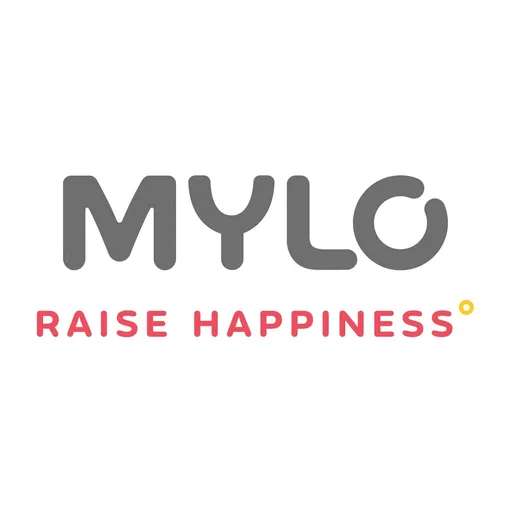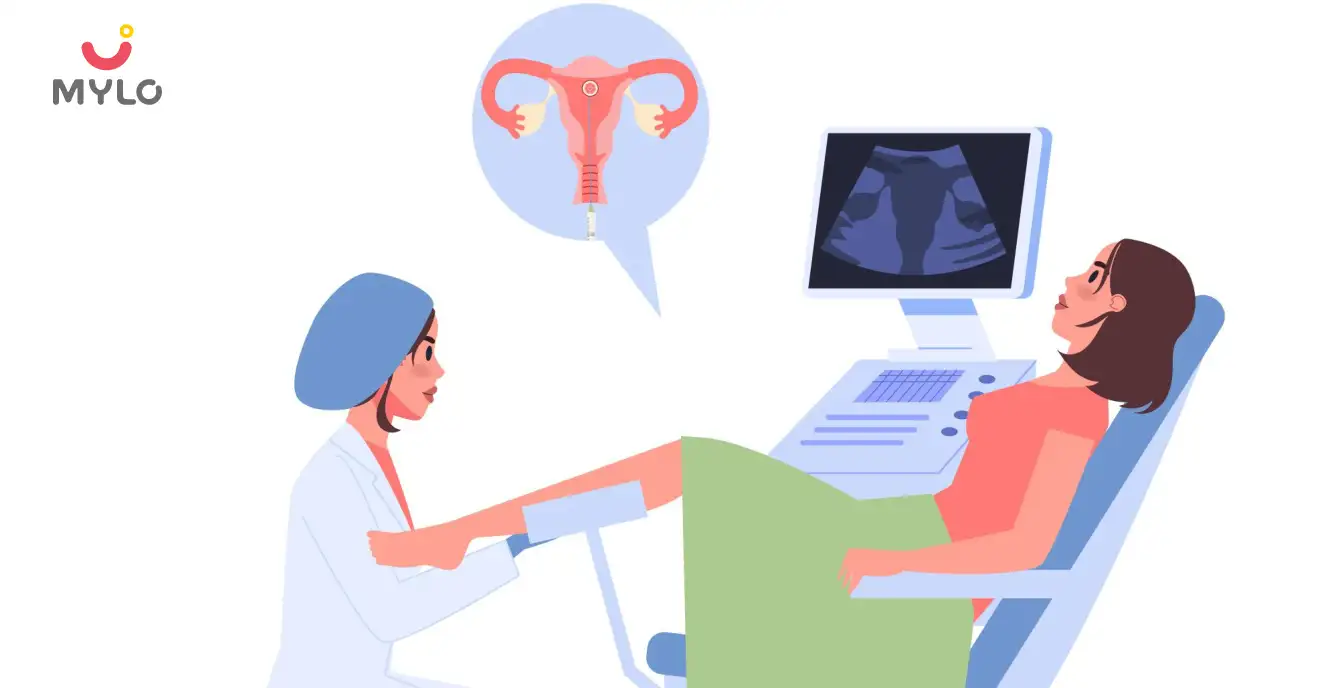Home

Breastfeeding & Lactation

Disadvantages of Breastfeeding No One Tells You About
In this Article

Breastfeeding & Lactation
Disadvantages of Breastfeeding No One Tells You About
Updated on 14 June 2023
Breastfeeding is a natural and recommended way to feed a baby. It has a lot of benefits for both the mother and the child. However, breastfeeding is not always easy, and it comes with its set of challenges and disadvantages that not everyone talks about. In this article, we will discuss the disadvantages of breastfeeding that no one tells you about.
Introduction to breastfeeding
Breastfeeding is the process of feeding a baby with breast milk directly from the mother's breast. It is recommended by the World Health Organization (WHO) as the best way to feed a baby in the first six months of life. Breast milk provides all the nutrients and antibodies a baby needs to grow and develop. It is also easy to digest, and it reduces the risk of infections, allergies, and diseases.
What are the advantages of breastfeeding?
Breastfeeding has a lot of benefits for both the mother and the child. It helps to build a strong bond between them and promotes emotional closeness. Breastfeeding also reduces the risk of breast and ovarian cancer, and it helps the mother to lose weight faster after giving birth. For the baby, breast milk provides protection against infections, allergies, and diseases. It also promotes brain development and reduces the risk of sudden infant death syndrome (SIDS).
What are the disadvantages of breastfeeding?
Breastfeeding is not always easy, and it can come with its set of challenges and disadvantages. Some of the most common disadvantages of breastfeeding include physical and emotional challenges. It can also be difficult to breastfeed after one or two years, and it is not always possible to breastfeed at all.
1. Back pain
Breastfeeding can cause back pain due to poor posture and muscle fatigue caused by holding the baby for prolonged periods. The extra weight of the breasts can also put a strain on the upper spine.
2. Cramps
Breastfeeding can also cause cramping. This is due to the release of the hormone oxytocin, which causes menstrual-like cramps in new mothers while breastfeeding soon after giving birth.
3. Sore nipples
Breastfeeding initially or with the wrong latch can cause sore nipples, which can be painful and make it difficult to breastfeed.
4. Engorgement
Engorgement is when the breasts become swollen and painful due to an increase in milk production. This can make breastfeeding difficult and painful.
5. Mastitis
Mastitis is an infection of the breast tissue that can cause flu-like symptoms, fever, and pain. Such a breast infection can hamper the breastfeeding experience for both mom and baby.
6. Anxiety
It can be difficult to breastfeed in public or in front of other people, which can cause embarrassment and anxiety.
7. Guilt
The pressure to breastfeed can also cause stress and feelings of guilt if the mother is unable to breastfeed or decides not to.
8. Dietary restrictions
Among the disadvantages of breastfeeding is the dietary restrictions it brings. Mothers may need to modify their diet and avoid certain foods while breastfeeding.
9. Limited freedom
A limited personal freedom as the mother must be available for feedings every few hours. It can also be time-consuming and require a lot of energy.
10. Menstrual break
Breastfeeding may prevent the mother from returning to her menstrual cycle for several months, which some women may find inconvenient.
11. Osteoporosis
Breastfeeding does not typically lead to osteoporosis, but in rare cases, women who are pregnant or breastfeeding can develop a severe form of osteoporosis. This is because women tend to lose bone mass during breastfeeding.
Disadvantages of breastfeeding after 1 year
Breastfeeding after one year can be challenging for both the mother and the child. The child may become more demanding and fussy, and it can be difficult to wean them off breast milk. Breastfeeding after one year can also cause physical discomfort for the mother, such as back pain and fatigue.
Disadvantages of breastfeeding after 2 years
Breastfeeding after two years can also come with its set of challenges and disadvantages. The child may become more attached to the breast and may have a harder time weaning off breast milk. Breastfeeding after two years can also cause social challenges, such as criticism and judgement from others.
How to overcome the disadvantages of breastfeeding?
Breastfeeding has both advantages and disadvantages. Here are five ways to overcome the challenges of breastfeeding:
1. Seek Support
Seek support from a lactation consultant, healthcare provider, or support groups for breastfeeding mothers. They can provide guidance, support, and answer any questions that you may have.
2. Practice Proper Breastfeeding Techniques
Learn proper breastfeeding techniques to ensure that your baby is latching correctly and that you are comfortable during feeding.
3. Take Care of Yourself
Ensure that you are taking care of yourself by eating a healthy diet, staying hydrated, getting enough rest, and managing stress. This can make breastfeeding less painful and stressful.
4. Use Breastfeeding Accessories
Consider using breastfeeding accessories such as breast pumps, nipple shields, and nursing bras to make breastfeeding more comfortable and convenient.
5. Involve Your Partner
Involve your partner in other ways, such as diaper changing, bathing, and playing with the baby. This can help your partner feel involved and allow you to take a break from breastfeeding.
Alternatives to breastfeeding
If breastfeeding is not possible or if the mother decides not to breastfeed, there are alternatives available. Formula feeding is a safe and nutritious way to feed a baby, and it can provide all the nutrients a baby needs to grow and develop. There are also alternative feeding methods, such as donor milk, which is breast milk from another mother.
Conclusion
Breastfeeding has a lot of benefits for both the mother and the child, but it is not always easy. It comes with its set of challenges and disadvantages of breastfeeding that not everyone talks about. It is important to weigh the advantages and disadvantages of breastfeeding and make an informed decision that is best for the mother and the child.
References
1. Kalarikkal SM, Pfleghaar JL. Breastfeeding. (2023). In: StatPearls [Internet]. Treasure Island (FL): StatPearls Publishing
2. Krol KM, Grossmann T. (2018). Psychological effects of breastfeeding on children and mothers. Bundesgesundheitsblatt Gesundheitsforschung Gesundheitsschutz.



Written by
Mylo Editor
Official account of Mylo Editor
Read MoreGet baby's diet chart, and growth tips

Related Articles
Related Topics
RECENTLY PUBLISHED ARTICLES
our most recent articles

IVF Pregnancy
IVF Failure Reasons: Exploring the Challenges Couples Face with Infertility

Ayurveda & Homeopathy
Putrajeevak Beej: The Ancient Seed for Modern Health and Fertility

Fertility
Shivlingi Beej: The Ultimate Guide to Boosting Your Fertility Naturally

Ayurveda & Homeopathy
Milk Thistle in Ayurveda: Unlock The Healing Potential and Health Benefits of This Herb

Medical Procedures
Orchidopexy: All You Need to Know About Its Procedure, Risks, and Recovery

Reproductive health
Transvaginal Ultrasound: A Non-Invasive Tool for Early Detection of Reproductive Health Issues
- New Mom Diet Plan – Month 11 Week 42
- Ejaculatory Duct Obstruction: How It Affects Male Fertility and What You Can Do About It
- Testicular Ultrasound: What You Need to Know About the Procedure and Its Benefits
- Symptoms of Low AMH to Watch Out For: A Health Alert for Women Trying to Conceive
- Hysteroscopy: Everything You Need to Know About This Minimally Invasive Procedure
- Dalchini: How This Herb Can Make Way From Your Spice Rack to Your Medicine Cabinet
- Fenugreek Powder: Health Benefits of Fenugreek From Your Kitchen to Your Medicine Cabinet
- Moringa Powder: The Superfood You Need in Your Diet for a Healthy Lifestyle
- Genital Herpes: Causes, Symptoms, Risks & Treatment
- Ashokarishta: All You Need to Know About This Miracle Tonic for Women
- 10 Amazon Prime Movies to Look Forward to in 2023
- 10 Best Netflix Movies to Watch Out For in 2023
- Fertility Yoga: A Natural Solution to Boost Your Chances of Conception
- How to Get Regular Periods Naturally: Ayurvedic Herbs, Lifestyle Changes & Homeopathy


AWARDS AND RECOGNITION

Mylo wins Forbes D2C Disruptor award

Mylo wins The Economic Times Promising Brands 2022
AS SEEN IN
















- Mylo Care: Effective and science-backed personal care and wellness solutions for a joyful you.
- Mylo Baby: Science-backed, gentle and effective personal care & hygiene range for your little one.
- Mylo Community: Trusted and empathetic community of 10mn+ parents and experts.
Product Categories
baby carrier | baby soap | baby wipes | stretch marks cream | baby cream | baby shampoo | baby massage oil | baby hair oil | stretch marks oil | baby body wash | baby powder | baby lotion | diaper rash cream | newborn diapers | teether | baby kajal | baby diapers | cloth diapers |








